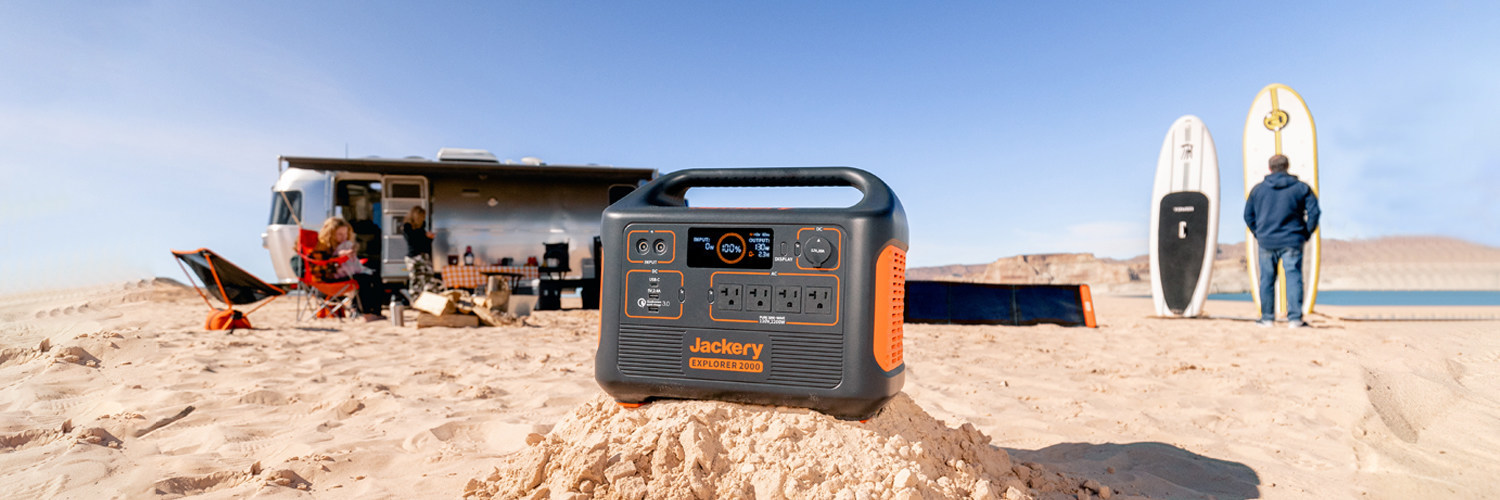NASA TV to Cover SpaceX Cargo Dragon Departure from Space Station

A SpaceX Dragon cargo resupply spacecraft returning science to Earth for NASA is set to depart the International Space Station on Thursday, Aug. 18.

NASA will provide coverage of Dragon’s undocking and departure on NASA Television, the NASA app, and the agency’s website website beginning at 10:45 a.m. EDT. Watch online at:
Ground controllers at SpaceX in Hawthorne, California, will send commands at 11:05 a.m. for Dragon to undock from the forward port of the station’s Harmony module and fire its thrusters to move a safe distance away from the station. Controllers will command a deorbit burn the following day.
After re-entering Earth’s atmosphere, the spacecraft will make a parachute-assisted splashdown off the coast of Florida. NASA TV will not broadcast the splashdown, and updates will be posted on the agency’s space station blog.
Dragon will carry back to Earth more than 4,000 pounds of supplies and scientific experiments that were designed to take advantage of the space station’s microgravity environment. Splashing down off the coast of Florida enables quick transportation of the experiments to NASA’s Space Station Processing Facility at the agency’s Kennedy Space Center in Florida, allowing researchers to collect data with minimal sample exposure to Earth’s gravity.
Some of the scientific investigations that Dragon is carrying include:
- Space’s impact on materials: The Materials International Space Station Experiment-15-NASA (MISSE-15-NASA) experiment tests, qualifies, and quantifies the impact of the low-Earth orbit environment on new materials and components, such as spacecraft materials and wearable radiation protection. Successful experiment results could have applications both in the harsh environments of space and on Earth.
- Spacesuit cooling: Spacesuit Evaporation Rejection Flight Experiment (SERFE) demonstrates a new technology using water evaporation to remove heat from spacesuits and maintain appropriate temperatures for crew members and equipment during spacewalks. The investigation determines whether microgravity affects performance and evaluates the technology’s effect on contamination and corrosion of spacesuit material.
- Cell signaling in microgravity: The ESA (European Space Agency) sponsored investigation Bioprint FirstAid Handheld Bioprinter (Bioprint FirstAid) enables the rapid use of formerly prepared bio-inks, containing the patient’s own cells, to form a band-aid patch in the case of injury.
Dragon arrived at the station July 16 when SpaceX’s 25th Commercial Resupply Services mission delivered more than 5,800 pounds of research investigations, crew supplies, and station hardware. It was launched July 14 on a SpaceX Falcon 9 rocket from Launch Complex 39A at Kennedy.





